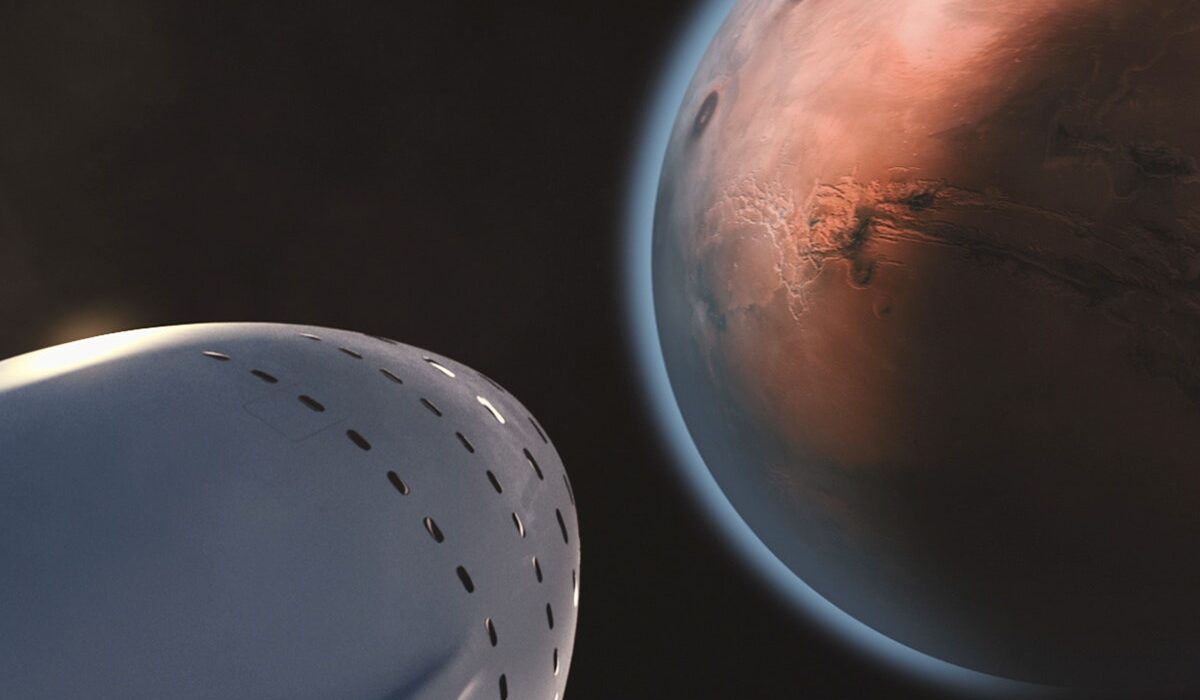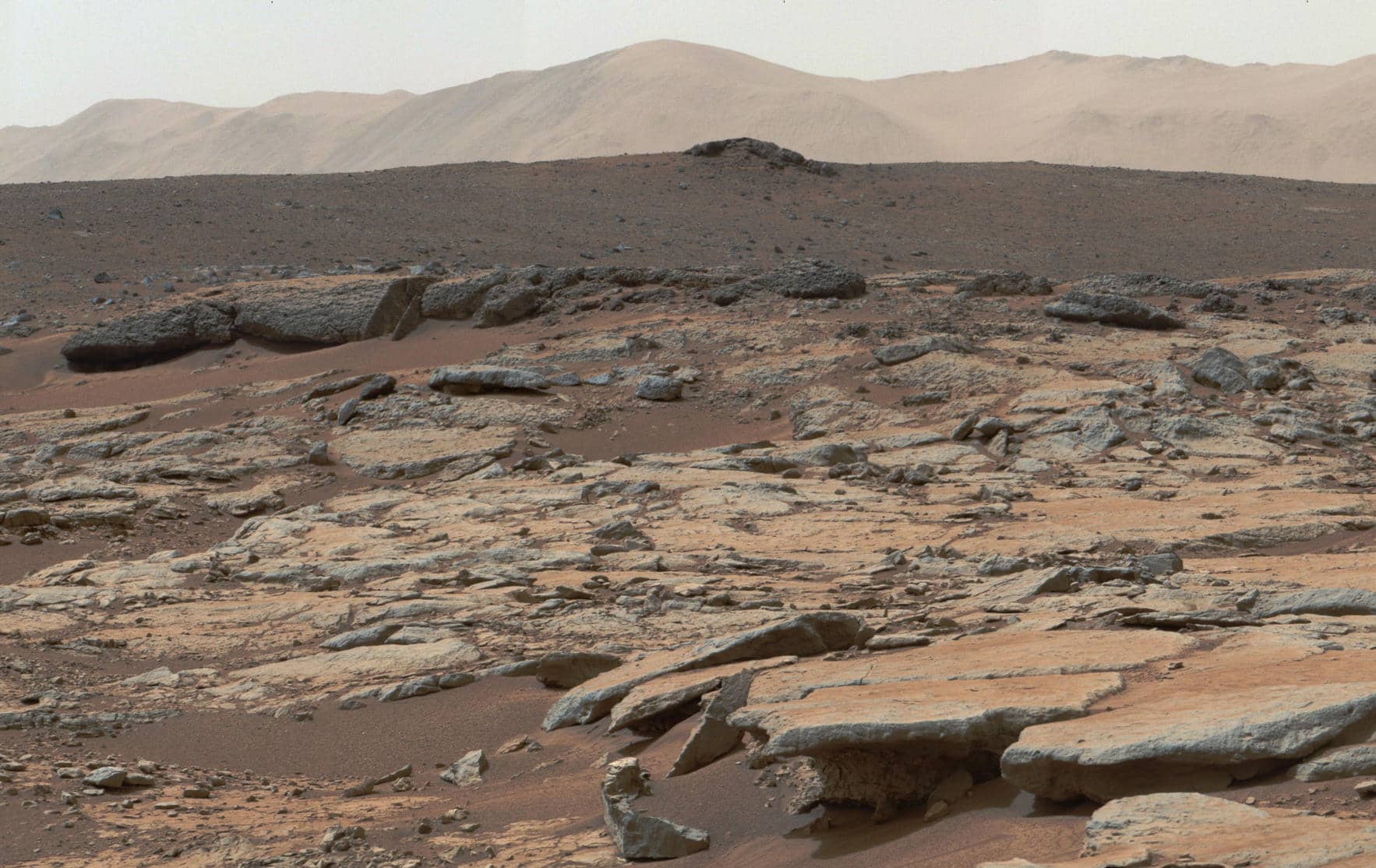The probes NASA and other space agencies have at their disposal at the moment need around seven months of traveling before they reach Mars. Humans would most likely take a longer journey—possibly a few years’ worth of time. This is because robots lack many essentials that a human crew needs to survive, including food, water, oxygen, and enough supplies for a return, the weight of which can cause a spacecraft to slow down. According to NASA estimations, a crewed voyage to Mars and back, plus time spent on the surface, may take between two and three years with current technology.
But, NASA wants to speed up that process, in part because doing so would make a human voyage to Mars safer as it is still unknown how well the human body can endure prolonged exposure to the space environment. (The record for the most consecutive days in space is 437.) The government is funding initiatives to create novel propulsion technologies that could lead to faster space travel.
What are the major challenges for Mars missions?
Space travel is far more difficult than simply getting from point A to point B. A spaceship must generate a lot of thrust as it lifts off the Earth to escape the planet’s gravitational pull. Then, in outer space, the gravitational forces of Earth, Mars, and the sun cause the spaceship to be pulled in various directions. It will enter an orbit around the sun once it is far enough away. It takes fuel-intensive maneuvers to defy that gravity.
The second difficulty is that the planets do not stay in one spot. Mars will not be at the same distance from Earth when the spacecraft launches as the Red Planet will be, a few months later. They orbit the sun at different rates. In light of this, an elliptical orbit around the sun is the most fuel-efficient path to Mars. It takes more than half a year to go that distance in just one direction, covering hundreds of millions of miles.
Yet, planning a crewed mission to the Red Planet involves more than just calculating how quickly a spaceship can go there and back. There must be balance. The amount of cargo on board is a significant trade-off for speed. Any maneuver to speed up the journey to Mars demands more fuel with current technology. But, fuel stations don’t exist in space. More fuel translates to higher weight carried by the ship. In order to move more mass through the air, more fuel is also needed, and so on. If a round-trip mission is reduced to two years, this trade-off becomes exponentially less efficient, unless new technology is introduced.
New technologies can help us get to Mats faster
NASA hopes to be able to substantially shorten that timeline. The space agency issued a call for proposals in 2018 for technological solutions that may allow small, unmanned missions to travel from Earth to Mars in less than 45 days.
The ideas weren’t given any traction at the time. Nonetheless, the problem motivated engineers to create novel, undiscovered propulsion technologies. And right now, NASA is supporting the advancement of top competitors. The space agency is particularly interested in nuclear propulsion. Even though chemical propulsion is currently the main method used by spacecraft, scientists have known for years that a nuclear-based system could provide higher thrust with a lot less fuel than a chemical rocket. Therefore, a nuclear thermal engine is intended to be integrated into an experimental spaceship as part of one of NASA’s nuclear investment programs, which could be done by 2027.
Nevertheless, another initiative might result in the quickest flight to Mars. This idea, developed by University of Florida researchers with funding from NASA, aims to create what could be considered the “holy grail” of nuclear propulsion: a hybrid system that combines nuclear thermal propulsion with an electric form.
“We did some preliminary analysis, and it seems like we can get pretty close to [45 days],” says Ryan Gosse, the project’s leader and a professor of practice at Florida Applied Research in Engineering, an internal program of applied research at the University of Florida. There is one caveat though: that schedule is for light cargo with no humans on board. The technology might, though, be scaled up in the future to accommodate a crewed voyage if the project is a success.
There are two different kinds of nuclear propulsion, and each has advantages. A tiny amount of fuel can produce a lot of thrust quickly using nuclear thermal propulsion, which employs heat. Even more fuel-efficient but with significantly slower thrust generation is nuclear electric propulsion, which employs charged particles.
“While you’re in deep space, the electric propulsion is really great because you have all the time in the world to thrust. The efficiency, the miles per gallon, is far, far superior than the high-thrust,” Patrick Chai, in-space propulsion lead for NASA’s Mars Architecture Team says. “But when you’re around planets, you want that oomph to get you out of the gravity well.”
The problem, according to Gosse, is that both technologies now require different kinds of nuclear reactors. Moreover, it necessitates the use of two independent systems, which decreases the effectiveness of a nuclear propulsion system. Gosse and his team are therefore striving to create a technology that can provide both types of propulsion from a single system.





